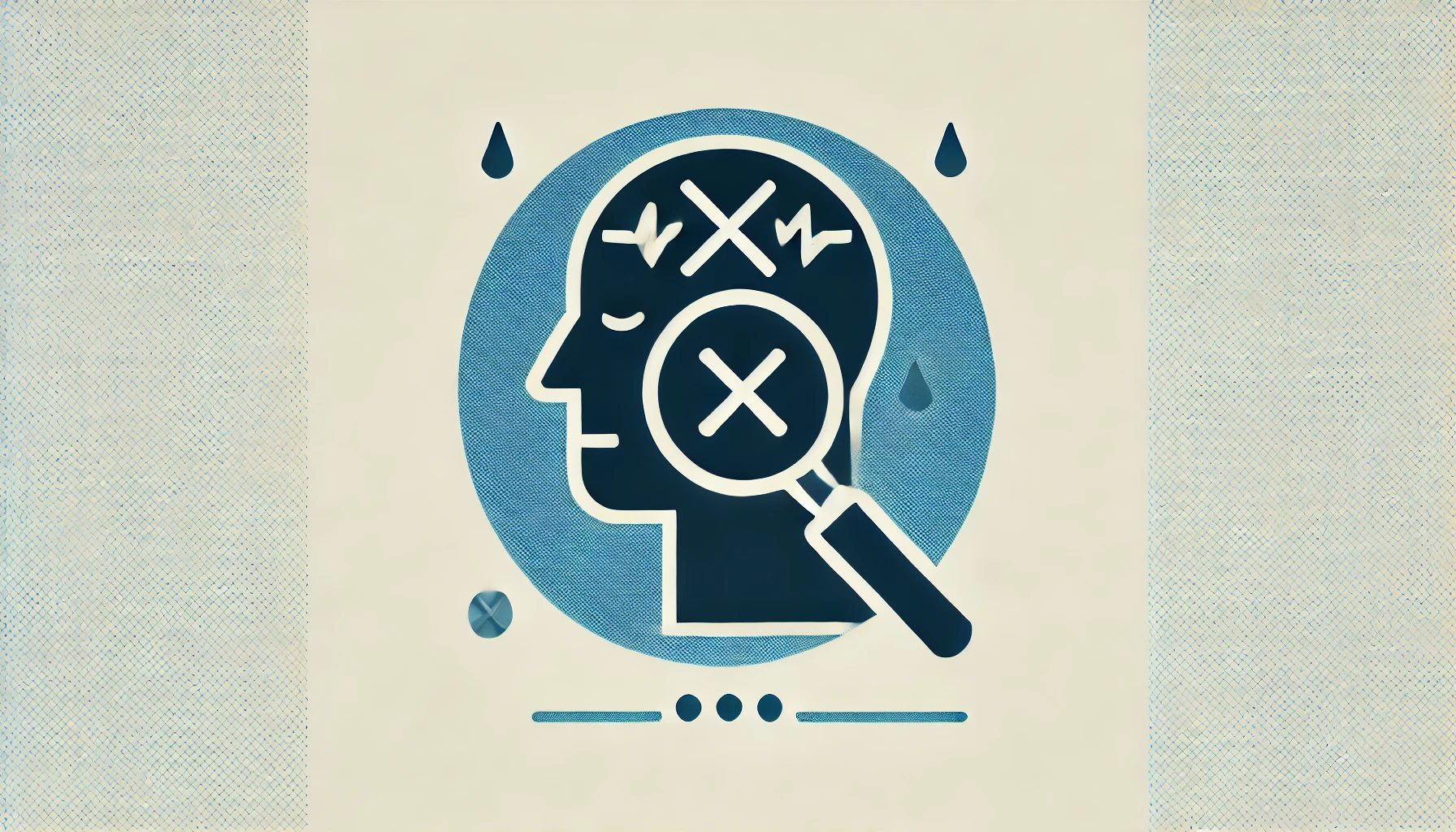Migraines are a debilitating neurological condition that affects millions of people worldwide. However, they are often misdiagnosed, leading to ineffective treatments and prolonged suffering. Understanding the common errors in migraine diagnosis and learning how to avoid them can significantly improve the quality of life for those affected. In this post, we will explore the common pitfalls in diagnosing migraines and offer strategies to ensure an accurate diagnosis.
Understanding Migraines
Migraines are characterized by intense, throbbing headaches, typically on one side of the head. They are often accompanied by nausea, vomiting, and sensitivity to light and sound. According to the Mayo Clinic, migraines can also involve aura symptoms, such as visual disturbances, sensory changes, and speech difficulties.
Common Errors in Migraine Diagnosis
- Confusing Migraines with Tension Headaches
- Error: Tension headaches are the most common type of headache and are often mistaken for migraines. They usually present as a constant, dull ache on both sides of the head.
- Solution: Pay attention to the severity and accompanying symptoms. Migraines often involve more intense pain, nausea, and sensitivity to light and sound, whereas tension headaches do not.
- Misinterpreting Sinus Headaches as Migraines
- Error: Sinus headaches are often mistaken for migraines due to similar symptoms like facial pain and pressure.
- Solution: Sinus headaches are usually accompanied by signs of sinus infection, such as nasal congestion, fever, and a thick nasal discharge. Migraines, on the other hand, do not typically involve these symptoms.
- Overlooking Cluster Headaches
- Error: Cluster headaches are rare but extremely painful, often mistaken for migraines. They occur in cyclical patterns or clusters.
- Solution: Cluster headaches are characterized by severe, burning pain around one eye, and often include symptoms like eye redness, tearing, and nasal congestion on the affected side. Recognizing these distinct features can help differentiate them from migraines.
- Ignoring Aura Symptoms
- Error: Migraines with aura are sometimes misdiagnosed as other neurological conditions, such as stroke or epilepsy.
- Solution: Aura symptoms typically precede the headache phase of a migraine and fully resolve within 5-60 minutes. Auras can include visual disturbances, sensory changes, and speech difficulties. Keeping a detailed symptom diary can help healthcare providers accurately identify migraine with aura.
- Attributing Symptoms to Stress or Anxiety
- Error: Migraines are sometimes dismissed as stress or anxiety headaches, especially in women.
- Solution: While stress can trigger migraines, it is important to recognize the distinct characteristics of migraines and underlying causes.. Detailed documentation of headache patterns, triggers, and symptoms can aid in a proper diagnosis.
How to Avoid Migraine Misdiagnosis
- Keep a Headache Diary
- Track the frequency, duration, and intensity of your headaches. Note any accompanying symptoms, potential triggers, and relief measures. This information can provide valuable insights for your healthcare provider.
- Seek a Specialist
- If your primary care physician is unable to effectively diagnose and manage your headaches, consider seeing a neurologist or headache specialist. They have specialized training and experience in diagnosing and treating migraines.You may also want to seek the help of allied health providers such as chiropractors or physiotherapists who have practices focused on or dedicated in treating migraine and headaches.
- Educate Yourself
- Understanding the different types of headaches and their symptoms can help you communicate more effectively with your healthcare provider. Reputable sources like the American Migraine Foundation offer comprehensive information on migraines and related conditions.
- Advocate for Comprehensive Testing
- If your headaches are severe or atypical, advocate for imaging tests such as MRI or CT scans. While not always necessary, these tests can rule out other serious conditions and provide a clearer picture of your headache patterns.
- Be Persistent
- If you feel that your symptoms are not being taken seriously or accurately diagnosed, do not hesitate to seek a second opinion. Migraine misdiagnosis can lead to ineffective treatments and prolonged suffering, so it is important to advocate for your health.
Conclusion
Migraine misdiagnosis is a common issue that can significantly impact the quality of life for sufferers. By understanding the common errors in migraine diagnosis and taking proactive steps to ensure an accurate diagnosis, you can improve your treatment outcomes and overall well-being. At The Health League, our team of experts is dedicated to providing comprehensive care for migraine sufferers. Contact us today to learn how we can help you manage your migraines effectively.
For more information on migraine diagnosis and treatment options, visit reputable sources such as WebMD and the National Institute of Neurological Disorders and Stroke. Accurate diagnosis is the first step towards effective treatment and relief.
